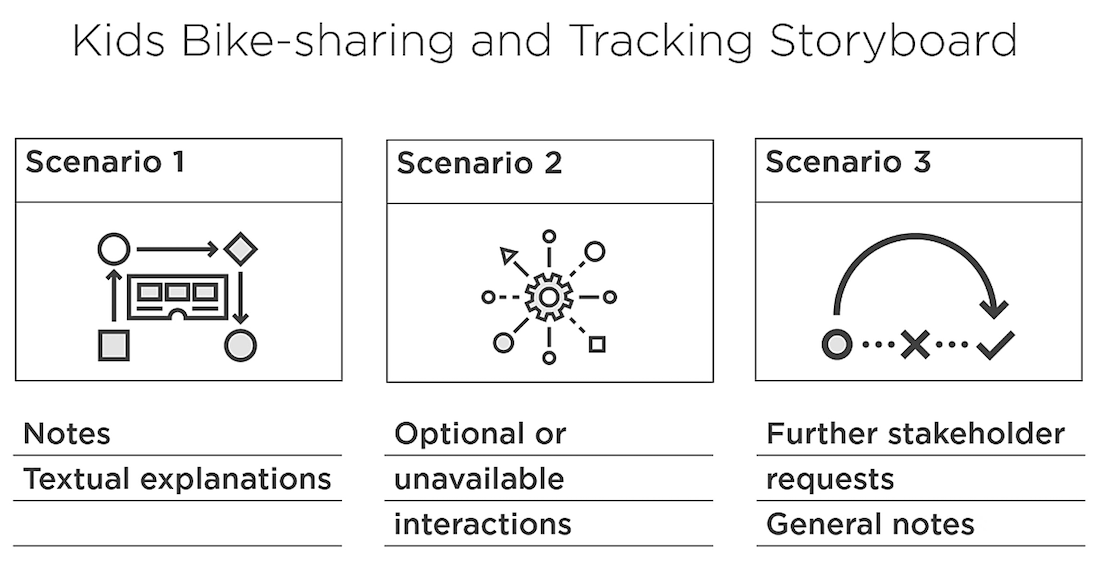Storyboarding is a tool used in agile business analysis to create visual representations of user stories and help to identify potential issues and risks.
According to the IIBA:
Storyboarding is used to describe a task, scenario, or story in terms of how stakeholders interact with the solution.
By creating a storyboard, teams can quickly identify potential issues and risks, and create solutions that are tailored to the needs of the customer. Storyboarding also helps to ensure that all stakeholders are involved in the process, and that all requirements are met.
Storyboarding is used in conjunction with use cases, user stories, and prototyping. In this circumstance, prototyping concentrates on the experience. Storyboarding shows the interaction with a business process but is not a process analysis technique. Prototyping shows how the screens will look and adds additional visual and textual details. Prototyping is a visual illustration of the application and how the users interact with it.
The storyboarding phase of project planning begins early in the project development process and gives teams an opportunity to brainstorm ideas, creatively and visually identify objectives and goals, discuss potential challenges and bottlenecks, and organize the key tasks and milestones needed for successful project completion.
Example Of A Storyboard

Strengths Of Storyboarding
One of the main strengths of storyboarding in agile business analysis is that it enables teams to quickly identify potential issues and risks. By creating a visual representation of user stories, teams can ensure that all requirements are met, and that all stakeholders are involved in the process. Additionally, storyboarding helps teams to identify opportunities for improvement, and allows for quicker iteration and delivery of business solutions. Additional benefits of storyboarding include:
- Many stakeholders on board
- Very intuitive
- Not time-consuming
- Low cost
- Reduces abstractness
Limitations Of Storyboarding
One of the main weaknesses of storyboarding in agile business analysis is that it can be time-consuming. Teams need to take the time to create the storyboard, and ensure that it accurately reflects the user stories and requirements. Additionally, if the storyboard is not updated regularly, it can become out of date and team members may not be aware of the changes that have occurred. Other limitations include:
- Easy to miss some significant rules or constraints
- Risk of losing in answering how, rather than why
- Final product will have a different look and feel
In Summary
Storyboarding is a project planning tool that helps teams identify and illustrate the various steps needed to complete a given project. Storyboarding provides a visual guide to each task that needs to be assigned and worked on in order for a project to be completed.



